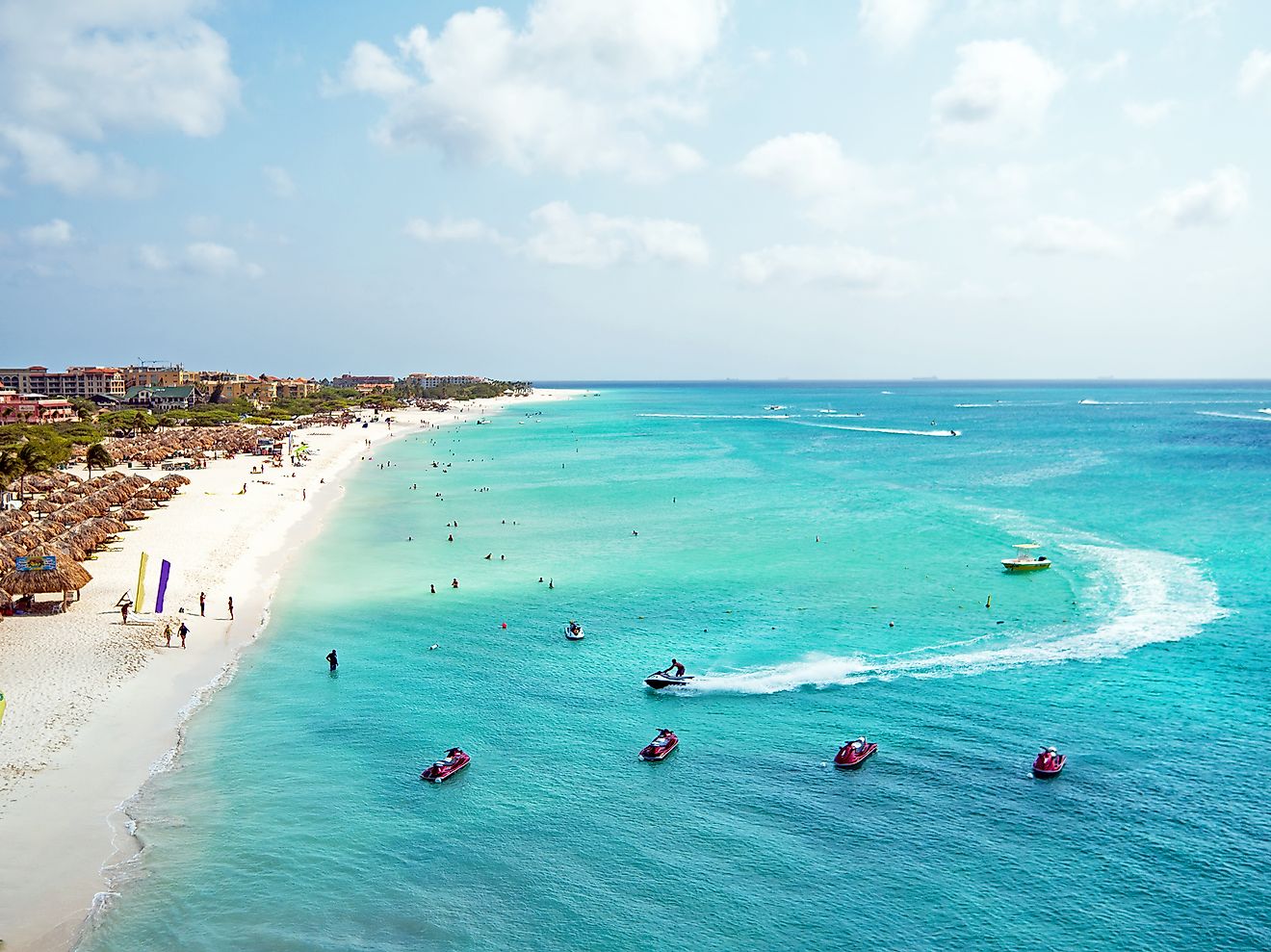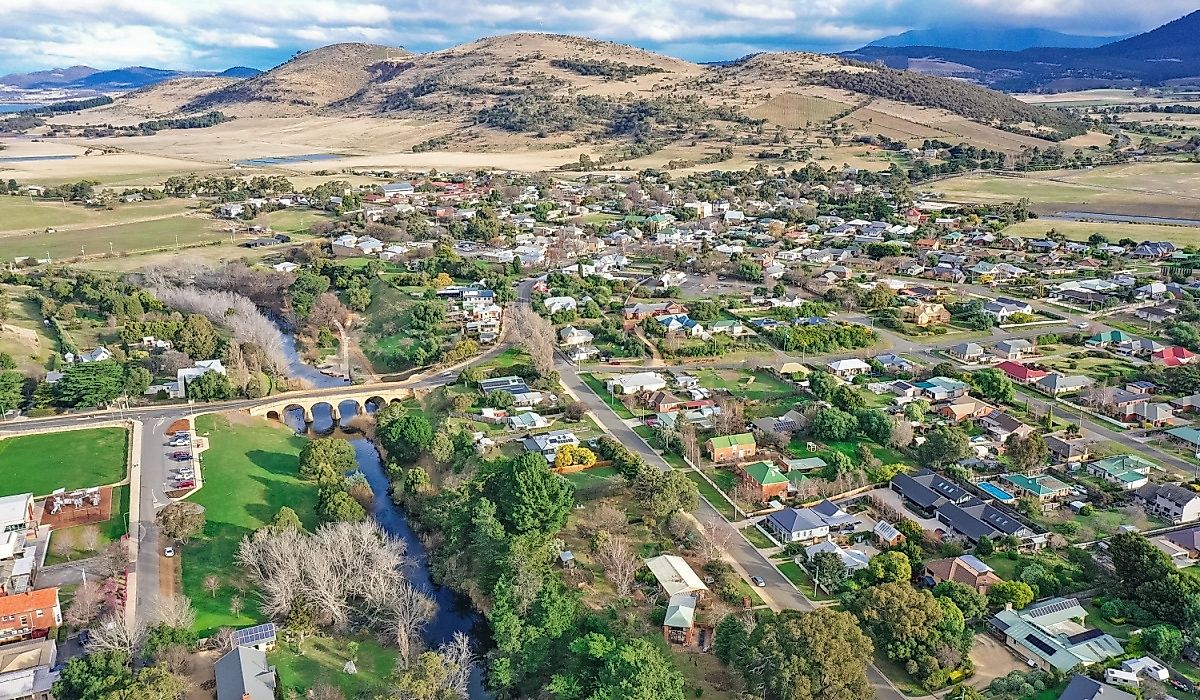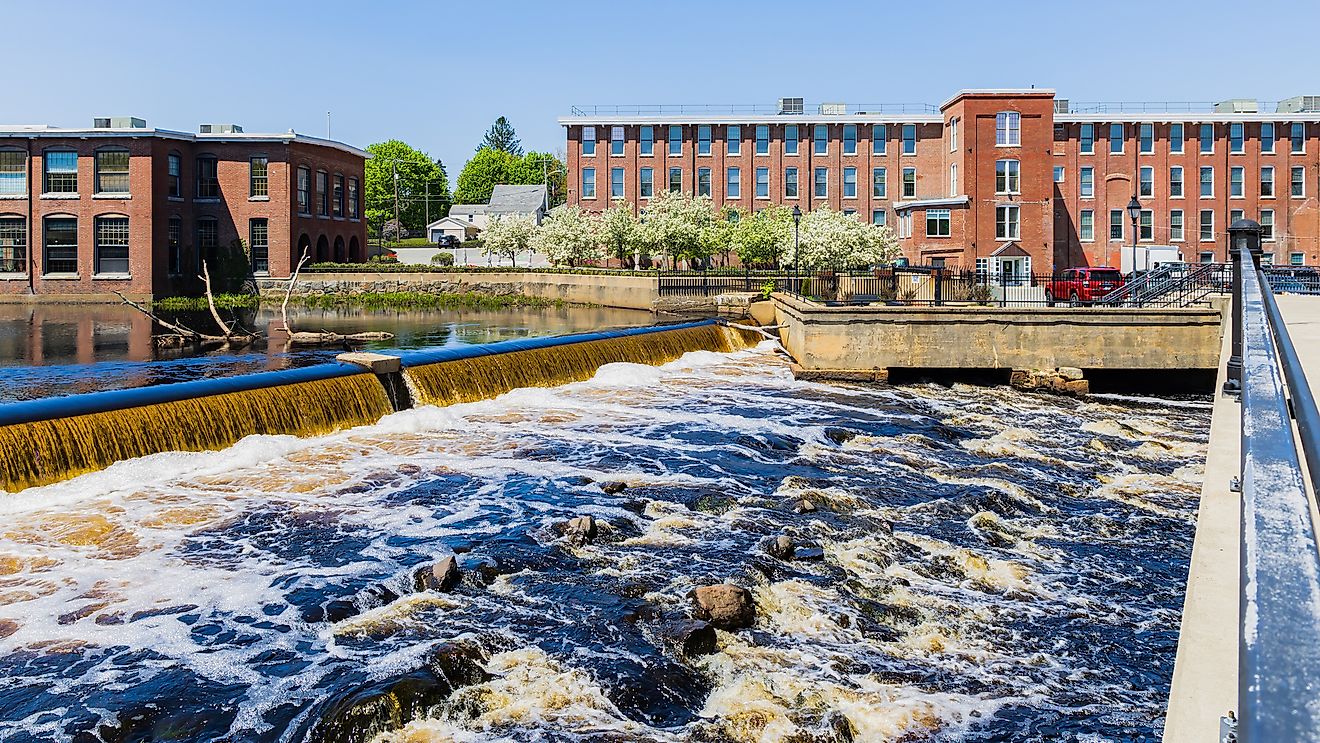Al Zubarah Archaeological Site, Qatar

The ruins of the deserted town of Zubarah, also known as Al Zubarah, can be found situated 105 kilometers from Doha, Qatar’s capital, along the northwestern coast of the Qatar Peninsula. At the height of its success, it was a global trade and pearl fishing center, with the natural advantage of its position in between the western arm of the Persian Gulf and the Strait of Hormuz. The Al Bin Ali tribe founded Al Zubarah in the first half of the 18th Century. In 2013, UNESCO designated it as a World Heritage Site.
5. Description and History -
In the 1700s and early 1800s, Al Zubarah was an important center for pearl traders and other merchants in the Persian Gulf. Al Zubarah consists of a fortified town, within which are found an earlier-constructed outer wall and a later-constructed inner wall, a sea canal, a harbor, two screening walls, Zubarah Fort, and Qal’at Murair Fort. The site’s layout and the urban fabric have been preserved in a manner which is unique among other settlements in the Persian Gulf. The area gives insights into the social and economic history of the Persian Gulf before oil and gas were discovered in the 20th Century, as well as into the nature of urban life and spatial organization in local settlements in the 18th and 19th Centuries. Al Zubarah covers an area of 400 hectares inside the outer town wall.
4. Tourism -
Because of its rich history and the significance of the town, the United Nations Educational, Scientific, and Cultural Organization (UNESCO) inscribed Al Zubarah on its World Heritage Site list. Thereafter, Zubarah Fort was made into a visitor center, with some of its rooms being reserved to showcase pearling fishing and thriving economy in the past. A UNESCO museum in Zubarah Fort displays artifacts from the town. Tourists can take guided tours through the site, and the history curriculum of several schools has integrated field trips to Al Zubarah. Signposts strategically positioned in locations on the site enable tourists to take self-guided tours. The town was renovated in 2014, resulting in a rapid spike in visitor numbers.
3. Uniqueness -
This deserted ruins provide some of the most well-preserved, as well as most extensive, examples of an 18th to 19th Century settlement in this region, arguably making it Qatar’s most important archaeological site. The traditional technique of building was used in it construction, where limestone and coral rock were joined using mud mortar and gypsum based plaster. The plaster was decorated with geometric patterns that protected the walls from natural elements such as rain and winds.
2. Nature, Sights, and Sounds -
Al Zubarah is surrounded by two main types of habitats, those being stony desert and sabkha environments. There is a dense scattering of Holocene deposits in the plain mud areas and the sabkha, with most of the town’s buildings being constructed with materials from these deposits. Vegetation is sparse, with sea-grasses being the most prevalent type of flora. Its main attractions are Zubarah Fort and Fort Murair, in Arabic referred to as Qal'at Murair. The town also holds such notable sporting events as the Tour of Al Zubarah, which is a cycling race, and the Al Zubarah Cup, which is a horse racing event.
1. Threats and Conservation -
In addition to being named a UNESCO World Heritage Site, the archaeological site is a legally protected property in accordance with the guidelines of the Law of Antiquities, Number 2, which was passed in 1980. The area is also a legally approved buffer zone, ensuring no permit is given for any economic or real estate development activities within the area. The artifacts that have been excavated in the area are on display at Al-Zubarah fort, and Qatar Museums Authority is responsible with the conservation of the entire Al Zubarah town covering 54 hectares of land.











